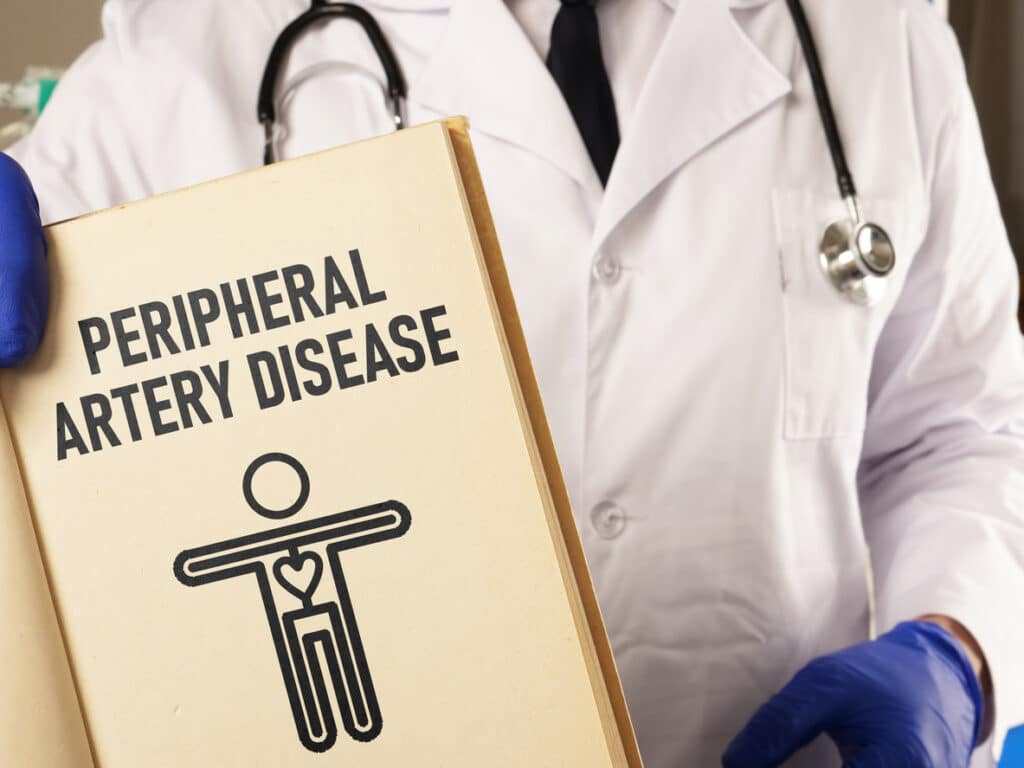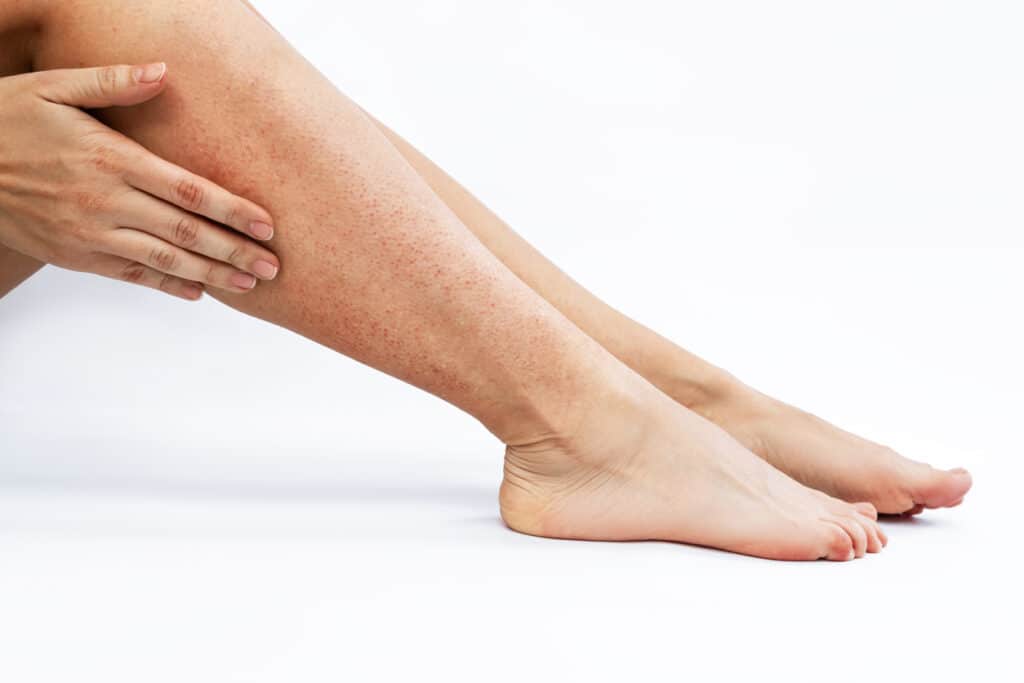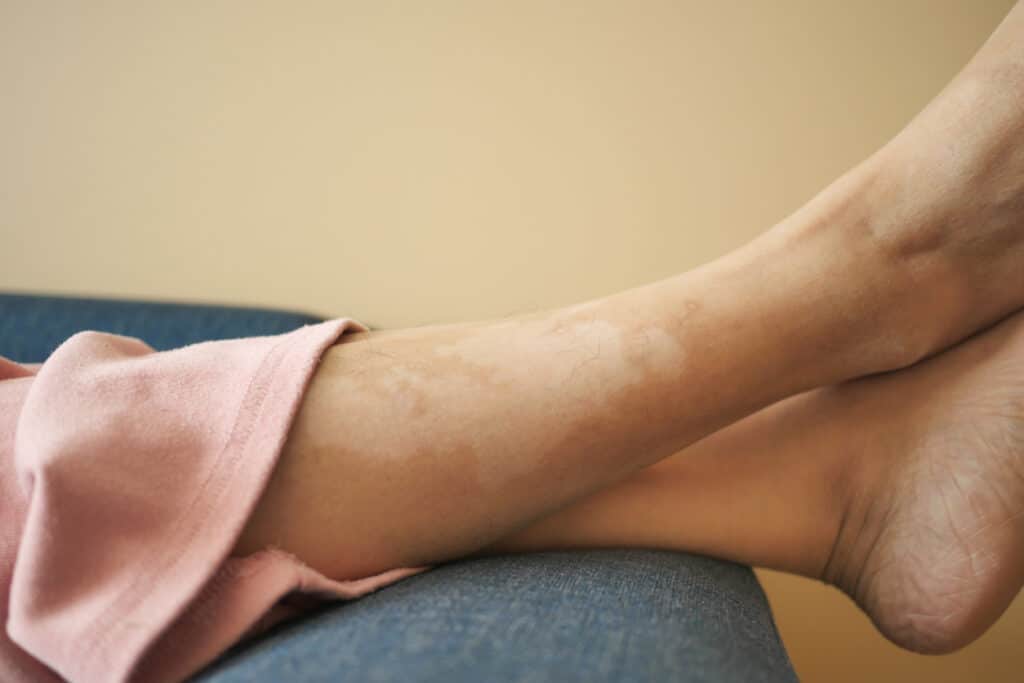Uterine fibroid tumors, a condition experienced by three out of four women in the U.S. during their lifetime, can lead to a host of challenging symptoms, including severe pelvic pain and excessive menstrual bleeding. The traditional response to this condition has often been surgical—either through a hysterectomy or myomectomy. However, these options, while effective, come with their own set of drawbacks, including lengthy recovery times and potential complications. Fortunately, there’s a minimally invasive alternative that promises relief without the need for surgery: Uterine Fibroid Embolization (UFE).
Understanding Uterine Fibroids: Causes, Symptoms, and Modern Treatment
Uterine fibroid tumors, also known as leiomyomas or myomas, are benign (noncancerous) growths that emerge within the muscular wall of the uterus. They are remarkably common and can vary in size—from undetectable by the human eye to bulky masses that can distort and enlarge the uterus. While fibroids are typically harmless, they can lead to many bothersome symptoms that impair a woman’s day-to-day activities and overall well-being.
Symptoms: How Fibroids Manifest in Daily Life
While some women with uterine fibroids may not experience any signs, others endure a variety of disruptive symptoms. These can include:
- Heavy Menstrual Bleeding: Sufferers might experience abnormally heavy or prolonged menstrual periods that can lead to anemia and fatigue.
- Pelvic Discomfort: An enlarged uterus or fibroids can cause a sensation of fullness or pressure in the lower abdomen, which can be both uncomfortable and inconvenient.
- Frequent Urination: The pressure exerted by an enlarged uterus on the bladder can increase the need to urinate, affecting sleep and daily routines.
- Digestive Issues: Fibroids can press against the rectum, leading to constipation and bloating, adding to the abdominal discomfort.
- Painful Intercourse: Depending on their location, fibroids can cause pain during sex, which can affect intimate relationships.
- Musculoskeletal Pain: Some women may experience pain in the back or legs if the fibroids press on nerves in the back.
Traditional Treatments: Hysterectomy and Myomectomy
In the past, the most common treatments for symptomatic fibroids were surgical in nature:
- Hysterectomy: Involving the complete removal of the uterus, hysterectomy is a definitive solution for fibroids but eliminates the possibility of future pregnancy and can have a significant emotional and hormonal impact.
- Myomectomy: This procedure involves the selective removal of the fibroids while leaving the uterus intact. It’s a preferred option for women who wish to conceive in the future but still entails surgical risks and a considerable recovery period.
These conventional surgeries often involve general anesthesia and can lead to potential complications, including blood loss and infection. Women undergoing these procedures typically face a significant recovery timeframe, requiring weeks of downtime and interruption of their daily lives.
The Rise of Uterine Fibroid Embolization (UFE)
Uterine Fibroid Embolization is a safe, non-invasive procedure. It shrinks the fibroids while saving your uterus. An interventional radiologist performs this procedure. It blocks blood flow to fibroids in the uterus. They are also known as uterine fibroid embolization. Women not planning a pregnancy may consider UFE as a possible option.
The minimally invasive procedure begins with a thin, flexible tube called a catheter. The catheter is placed into a blood vessel in the upper thigh (femoral artery). A substance called contrast material is then injected into the catheter. This may cause a warming sensation as it travels up to the uterus. The surgeon uses real-time X-ray on a video screen (fluoroscopy) to see the arteries. This allows the surgeon to guide the catheter to the arteries that supply blood to the fibroid. A solution of polyvinyl alcohol (PVA) particles is injected into the uterine arteries through the catheter. The particles build up in the targeted arteries and block blood flow to the fibroid.
What to Expect from UFE
The UFE procedure usually takes one to three hours and is performed in an outpatient setting. After the procedure, patients typically experience moderate to severe pelvic pain for a short period, which is a normal part of the recovery process. Additionally, vaginal bleeding may occur as the fibroid breaks down. Most patients can return to their normal activities within seven to ten days, significantly quicker than the recovery time for traditional surgical options.
Why Choose UFE?
UFE offers several advantages over traditional treatments for uterine fibroids:
- Minimally Invasive: No incisions mean lower risk of complications and infection.
- Preserves the Uterus: An excellent option for women who wish to maintain their fertility.
- Shorter Recovery Time: Most patients can resume normal activities much quicker than with surgery.
- Effectiveness: UFE has been proven to provide significant relief from the symptoms of fibroids.
Discovering Relief from Fibroid Tumors with UFE
As we investigate the myriad of options available to combat the discomfort and hindrances caused by uterine fibroid tumors, Uterine Fibroid Embolization (UFE) emerges as a leading-edge treatment that promises not only effective relief but also the preservation of fertility. It stands out as a beacon of hope for women grappling with the painful and often debilitating symptoms of fibroid tumors.
The Coastal Vascular Center prides itself on offering this minimally invasive procedure, which has already changed the lives of countless patients who have struggled with fibroids. With Dr. Ayar, you can look forward to a swift and comfortable recovery with minimal disruption to your daily life. The time to reclaim your health and vitality is now, and with UFE, a future free from the pain and limitations of fibroid tumors is within reach.
Do not let the burden of fibroid tumors dictate the course of your life any longer. Allow the compassionate professionals at Coastal Vascular Center to guide you toward wellness chapter healing and recovery. We encourage those afflicted by fibroid tumors to reach out and discover how UFE can provide a solution with long-lasting results. Take the first step towards your new chapter of wellness today by calling Coastal Vascular Center and scheduling a consultation. Freedom from fibroid discomfort awaits.
If you suffer from Uterine Fibroid Tumors, contact us at Coastal Vascular Center today. You can also view our frequently asked questions on uterine fibroids. We have a range of treatment options.




